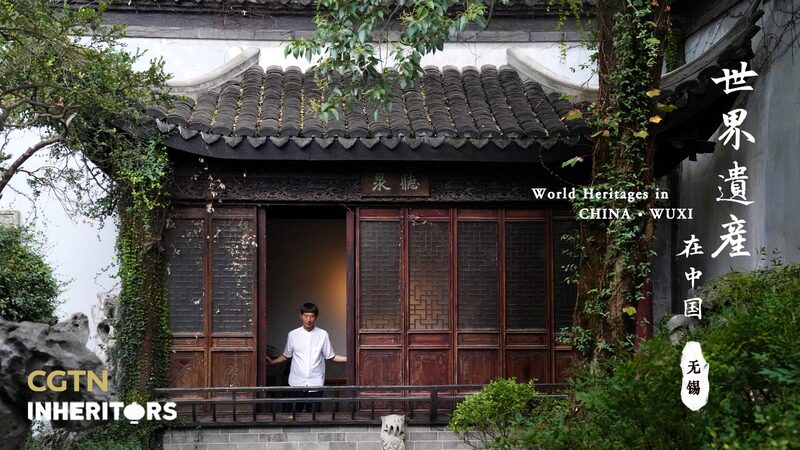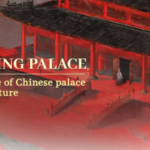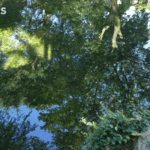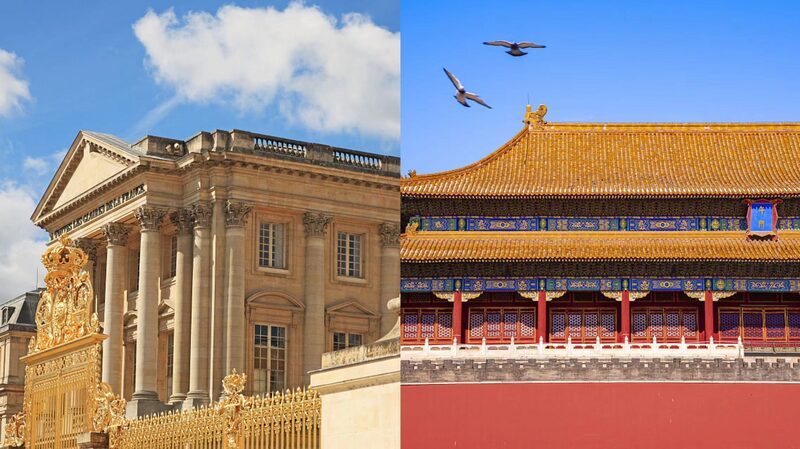Ever wondered how culture shapes the way we see nature? Let’s take a stroll through two iconic gardens that couldn’t be more different – France’s geometric grandeur and China’s whisper-quiet harmony – and unpack the stories they tell.
🌳 Versailles: Where Nature Bows to Order
Imagine a chess game played with hedges, fountains, and flowerbeds. The French formal garden, like the legendary Palace of Versailles, is all about symmetry and control. Think ruler-straight paths, sculpted trees, and ponds that mirror the sky – a flex of human mastery over nature, straight out of the 17th-century Enlightenment playbook. It’s the botanical equivalent of a Louis XIV wig: extravagant, precise, and designed to impress. 👑✂️
🎋 Suzhou Gardens: Taoism in Bloom
Now, teleport to a classical Chinese garden in Jiangnan. Here, winding walkways curve around jagged rocks, bamboo groves sway beside pavilions, and ponds ripple with koi. This isn’t just landscaping – it’s a 3D watercolor painting of Taoist philosophy. Every irregular stone and off-center bridge whispers ‘go with the flow,’ reflecting the ancient belief in harmony between humanity and the natural world. 🌊🖌️
🌍 More Than Just Pretty Plants
While Versailles shouts ‘Look what humans can achieve!’, Suzhou murmurs ‘Listen to what nature suggests.’ Both styles have become UNESCO World Heritage superstars, proving that beauty isn’t one-size-fits-all. For young globetrotters and culture nerds alike, these gardens offer fresh lenses to view history – perfect fuel for your next deep-dive or Instagram caption. 📸✨
Reference(s):
cgtn.com






